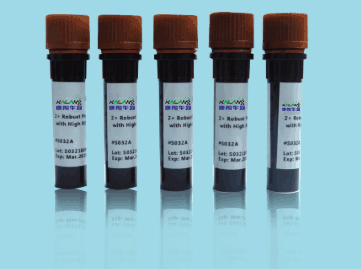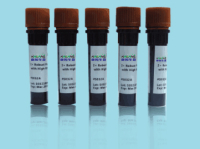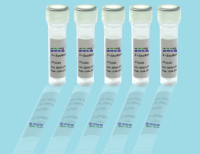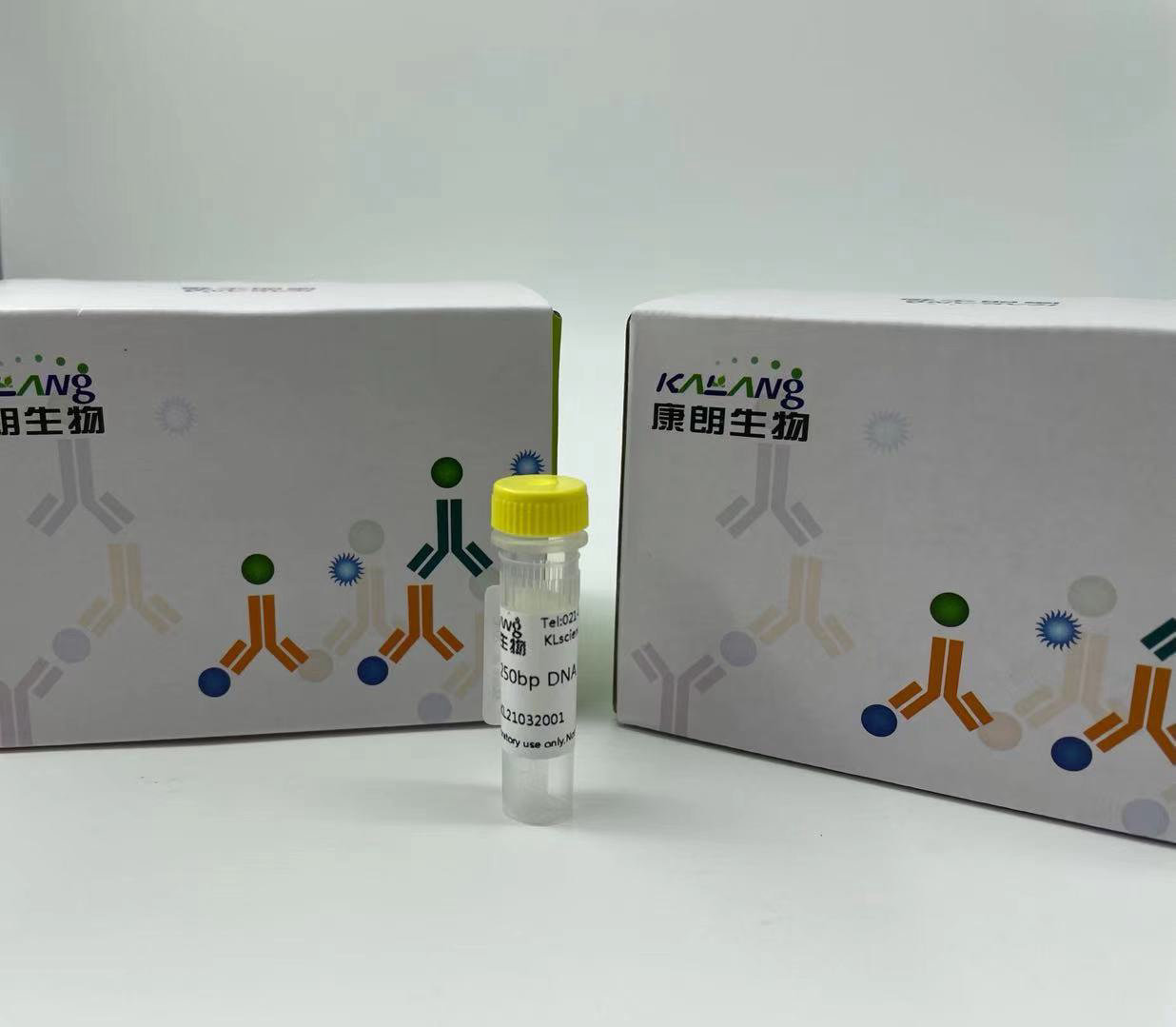

客服电话:021-61998208


CRBB1 rabbit Polyclonal Antibody
CRBB1 rabbit polyclonal antibody
应用:WB 1:500-2000
产品名:CRBB1 rabbit Polyclonal Antibody
货号:ATA27474
种类(Category)
Primary antibodies
宿主(Host)
Rabbit
反应种属(Species specificity)
Human, Mouse,Rat
应用实验(Tested applications)
WB
克隆性(Clonality)
Polyclonal
偶连物(Conjugation)
Unconjugated
免疫原(Immunogen)
Synthesized peptide derived from human CRBB1
状态(Form)
Liquid
存放条件(Storage)
Use a manual defrost freezer and avoid repeated freeze thaw cycles. Store at 4 °C for frequent use. Store at -20 to -80 °C for twelve months from the date of receipt.
纯化方式(Purity)
The antibody was affinity-purified from rabbit serum by affinity-chromatography using specific immunogen.
产品背景:Crystallins are separated into two classes: taxon-specific, or enzyme, and ubiquitous. The latter class constitutes the major proteins of vertebrate eye lens and maintains the transparency and refractive index of the lens. Since lens central fiber cells lose their nuclei during development, these crystallins are made and then retained throughout life, making them extremely stable proteins. Mammalian lens crystallins are divided into alpha, beta, and gamma families; beta and gamma crystallins are also considered as a superfamily. Alpha and beta families are further divided into acidic and basic groups. Seven protein regions exist in crystallins: four homologous motifs, a connecting peptide, and N- and C-terminal extensions. Beta-crystallins, the most heterogeneous, differ by the presence of the C-terminal extension (present in the basic group, none in the acidic group). Beta-crystallins form aggregates of different sizes and are able to self-associate to form dimers or to form heterodimers with other beta-crystallins. This gene, a beta basic group member, undergoes extensive cleavage at its N-terminal extension during lens maturation. It is also a member of a gene cluster with beta-A4, beta-B2, and beta-B3. [provided by RefSeq, Jul 2008],
特别提示:本公司的所有产品仅可用于科研实验,严禁用于临床医疗及其他非科研用途!









